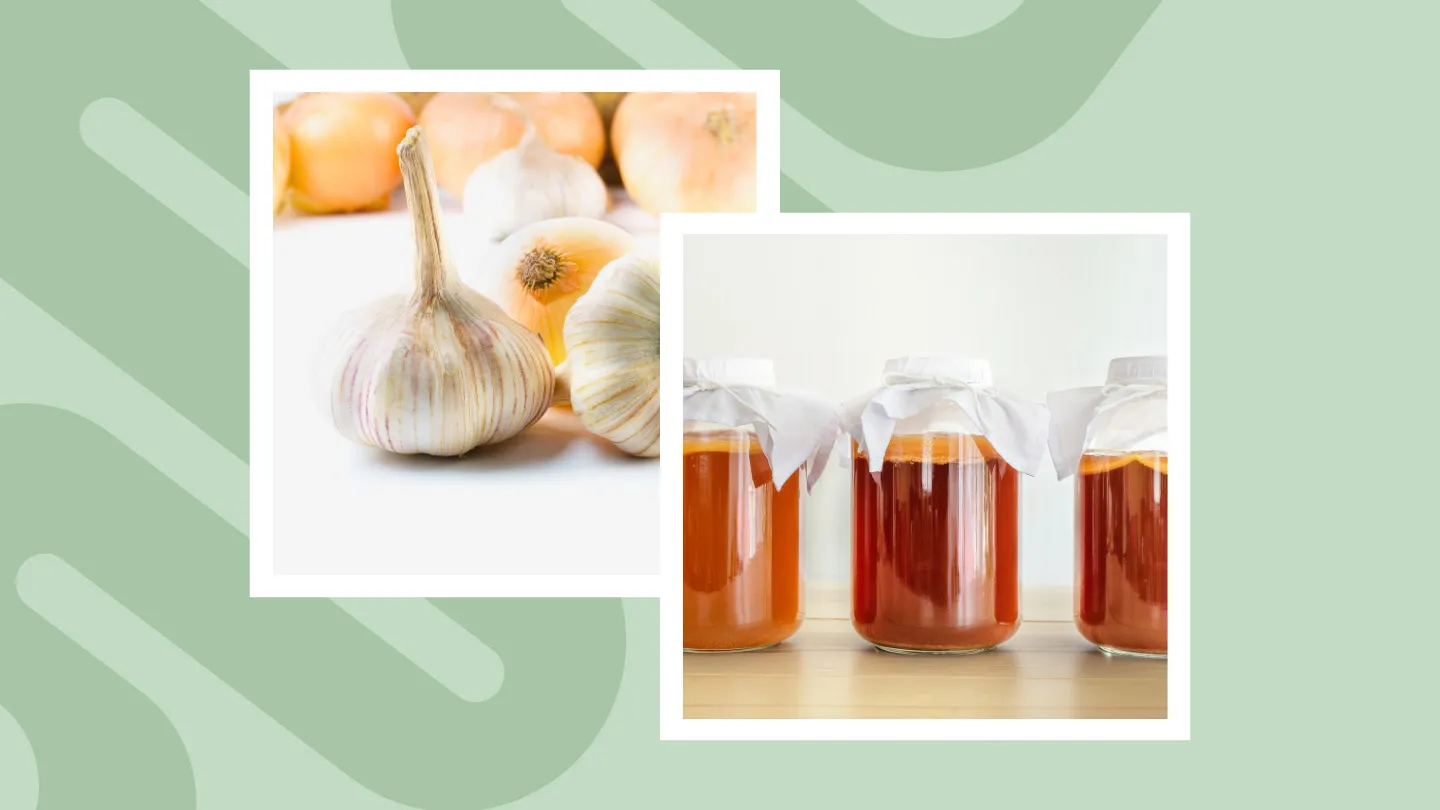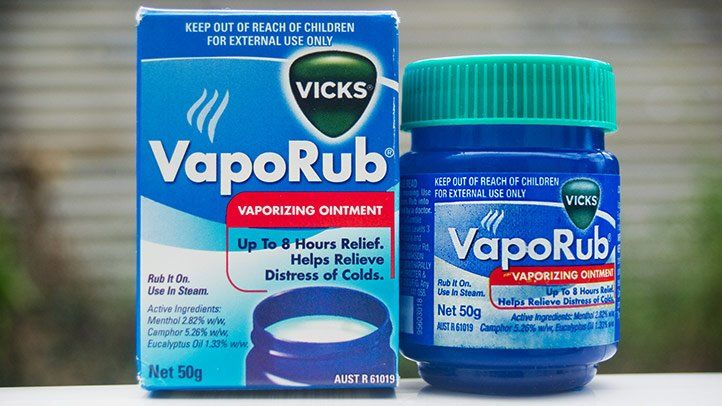Understanding Sinus Infection Eye Pain
Sinus infections can cause pain and discomfort in various areas of the face, including the eyes. This eye pain is often described as a dull ache or pressure behind or around the eyes. The medical term for this type of sinusitis eye pain is periorbital pain.
A sinus infection occurs when the sinus cavities around the nose become inflamed. This inflammation traps mucus inside the sinuses, allowing bacteria to grow and multiply. As the infection worsens, it can put pressure on nearby tissues, including those around the eyes.
There are several theories as to why sinus infections cause referred pain in the eyes:
- The maxillary sinuses are located below the eyes. Infection and inflammation in these sinuses can cause pressure and pain behind the eyes.
- Blocked sinus drainage pathways can cause congestion in connecting areas. This builds up pressure in tissues surrounding the eyes.
- Sensory nerves that supply the sinuses may overlap with those supplying the eyes. This means sinus inflammation can irritate eye nerves, leading to perceived eye pain.
Typically, sinus infection eye pain affects both eyes. The eye pain often coincides with other sinus infection symptoms like nasal congestion, headache, fatigue and fever.
9 Natural Remedies for Sinus Infection Eye Pain
Combining conventional medical treatment with natural home remedies can help relieve sinus infection eye pain and speed healing. Here are some simple, natural ways to find relief:
1. Warm Compress
Applying a warm, wet washcloth over the eyes and nose can help ease sinus pressure and pain. The moisture and warmth may help loosen mucus, while the pressure can temporarily relieve pain signals.
To use this remedy:
- Soak a clean washcloth in warm water and wring out excess moisture.
- Drape the washcloth over the face so it covers both eyes and nose.
- Leave in place for about 10 minutes as needed to relieve pressure.
2. Steam Inhalation
Inhaling warm, humid air can help open up nasal passages and provide sinus drainage. This can relieve congestion to reduce eye pain.
Try these steam treatment options:
- Lean over a bowl of hot water and drape a towel over your head to trap the steam.
- Take a long, hot shower and breathe in the steam.
- Use a humidifier or vaporizer to moisten indoor air.
3. Nasal Irrigation
Using a nasal irrigation system like a neti pot can flush out excess mucus from the sinuses. This also reduces inflammation to ease eye pain.
To safely use a neti pot:
- Use distilled, sterile or previously boiled water to make the saline rinse.
- Lean your head over the sink, tilt to one side and insert the spout into the upper nostril.
- Pour the saline solution slowly into that nostril until it starts draining through the other nostril.
- Repeat on the other side.
4. Hot/Cold Compresses
Applying hot and/or cold compresses around the eyes and nose can alleviate pain. The temperature extremes disrupt pain signals to the brain.
To use this remedy:
- Place a hot compress around the eyes for about 5 minutes to reduce pain.
- Follow with a cold compress for 5 minutes to relieve swelling.
- Alternate between hot and cold compresses as needed for pain relief.
5. Peppermint Oil
The menthol in peppermint oil contains anesthetic and decongestant properties that can temporarily relieve sinus pressure. Inhaling the vapors may reduce sinus infection eye pain.
Peppermint oil can be used a few different ways:
- Add a few drops of oil to a cotton ball and inhale deeply 3-4 times.
- Apply diluted peppermint oil on the cheeks, forehead and around the eyes.
- Add a few drops to a diffuser or vaporizer and inhale the scent.
6. Spicy Foods
The kick of spicy foods can thin mucus secretions and stimulate drainage. The temporary runny nose and watery eyes caused by spices like hot sauce or horseradish can also flush out sinus congestion.
Try incorporating spicy ingredients like:
- Fresh ginger - Make ginger tea or add to soups, stir fries etc.
- Garlic - Use raw in dressings, cooked in dishes or take a supplement.
- Horseradish - Add to sandwiches, dips and sauces.
- Hot peppers - Cook with chili, cayenne, jalapenos etc.
7. Supplements
Some over-the-counter vitamins, herbs and minerals may provide relief from sinus infection eye pain:
- Vitamin C - Boosts immunity and acts as an antihistamine for allergies.
- Vitamin D - Helps regulate immune responses to fight infection.
- Quercetin - Has anti-inflammatory properties that may reduce swelling and pressure.
- Bromelain - Found in pineapples, this enzyme exhibits anti-inflammatory effects.
- Butterbur - Used for pain relief and sinus congestion.
- Eucalyptus oil - Opens nasal passages and may reduce eye pressure pain.
8. Acupuncture
Acupuncture involves stimulating specific points on the body, often by inserting very thin needles through the skin. Some research indicates acupuncture may help relieve sinus pressure and drainage to ease associated eye pain.
9. Nasal Strips and Dilators
Wearing nasal strips or dilator devices can help open the nasal passages to promote drainage and sinus ventilation. This may relieve obstruction contributing to eye pain.
These over-the-counter products work by:
- Lifting the nostrils open with adhesive strips.
- Keeping nasal passages open with small springs or cones inserted in the nostrils.
When to See a Doctor
While home remedies can alleviate discomfort, it's important to see a doctor if sinus infection eye pain persists or worsens. Prompt medical treatment is key to clearing a bacterial sinus infection and preventing complications.
See a doctor right away if you experience:
- Fever over 101F (38C)
- Severe or worsening headaches
- Swelling and redness around the eyes
- Vision changes or double vision
- Severe eye pain or discharge
- Symptoms lasting more than 10 days
A doctor can diagnose the underlying cause of your symptoms and provide appropriate medication such as:
- Antibiotics to treat a bacterial sinus infection
- Oral or nasal steroids to reduce sinus swelling
- Pain relievers to ease sinus pressure
- Nasal sprays or decongestants to open drainage pathways
- Allergy or antiviral medications if due to allergies or viruses
For chronic or recurrent sinus infections, surgery may be recommended to improve sinus drainage. Procedures like balloon sinuplasty or endoscopic sinus surgery remove blockages and widen narrow passages to provide lasting relief.
When Sinus Infection Eye Pain Is an Emergency
Seek prompt emergency care if you experience:
- Sudden, severe eye pain or loss of vision
- Eye redness, swelling and discharge
- Double vision, spots or flashing lights
- Numbness of the eye area and face
- Weakness in the eye muscles or difficulty moving the eyes
- Bulging of one or both eyes
These vision-threatening eye symptoms may indicate a complication of sinusitis called orbital cellulitis. It occurs when the infection spreads into the tissues around and behind the eye socket. Without urgent treatment, orbital cellulitis can cause permanent vision damage or blindness.
Preventing Future Sinus Infection Eye Pain
Once a sinus infection clears, there are some simple self-care steps to prevent recurrence and associated eye discomfort:
- Use nasal irrigation to routinely flush out mucus and bacteria from sinuses.
- Take antihistamines, decongestants and corticosteroid nasal sprays as needed for allergies.
- Use a humidifier to prevent dry nasal passages.
- Limit exposure to irritants like cigarette smoke.
- Drink plenty of fluids to keep mucus secretions thin.
- Get regular exercise to boost sinus drainage.
- Consider sinus surgery if chronic infections persist despite medication and home remedies.
Implementing good sinus hygiene and seeking appropriate medical treatment can help nip sinus infections in the bud. This may prevent related discomfort like sinus infection eye pain from developing in the first place.
FAQs
What causes sinus infection eye pain?
Sinus infection eye pain is caused by inflammation and pressure from a sinus infection putting pressure on tissues around the eyes. Blocked drainage pathways also contribute to congestion and pain.
Is eye pain a sign of a sinus infection?
Yes, eye pain is a common symptom of a sinus infection, along with headache, nasal congestion, runny nose, fever and facial pressure. If you have pain around or behind your eyes along with other sinus infection symptoms, see your doctor.
When should I see a doctor for sinus infection eye pain?
You should see a doctor right away if eye pain and pressure is severe, gets worse, or persists more than 10 days. Also seek medical care for fever over 101°F, vision changes, swelling or discharge around the eyes.
Can a sinus infection spread to the eye?
If left untreated, a sinus infection can potentially spread to the tissues around and behind the eyes. This rare complication called orbital cellulitis causes eye swelling, pain, bulging and vision changes. It requires emergency medical treatment.
How can I relieve sinus pressure behind my eyes?
To help relieve sinus pressure affecting the eyes, try warm compresses, steam inhalation, nasal irrigation, alternating hot and cold compresses, peppermint essential oil, spicy foods, vitamin C and D, and nasal strips. See a doctor if symptoms persist.
Disclaimer: This article is for informational purposes only and does not constitute medical advice. Always consult with a healthcare professional before starting any new treatment regimen.
Related Coverage
Explore 7 natural cough remedies you can find near you, including honey, saltwater gargles, herbal teas, humidifiers, cough drops, and staying hydrated. Embrace remedies from your local community....
Putting small amounts of Vicks VapoRub under the nose is generally safe. But inhaling large amounts or putting it deep into nasal passages can be toxic and dangerous....
Soothe coughs by harnessing the power of honey and onion! Learn different recipes to mix these ingredients into natural cough-calming syrups, drops, rubs and more....
What does ...
You likely have the ingredients for highly effective home remedies already stocked in your kitchen. Learn how everyday items like honey, lemons and apple cider vinegar can treat coughs, improves digestion, soothe skin, and more!...
Research is mixed on whether Vicks VapoRub relieves cough, congestion, and aches from the flu. It may help temporarily when used safely in adults and children over age 2....
Discover how using Young Living essential oils like eucalyptus, peppermint and lavender aromatically and topically can help provide natural relief for coughs....
Yellow mucus meaning can signal your immune system at work. Learn what color changes say about infections, allergies, and when to see a doctor....
Learn how to identify, harvest, and consume different varieties of acorn nuts. Includes tips on gathering ripe acorns from oak trees and using them in recipes....
Take this hand hygiene quiz to see if you know all the right handwashing techniques to kill germs. Learn effective scrub time, soap use, rinsing, drying steps....









